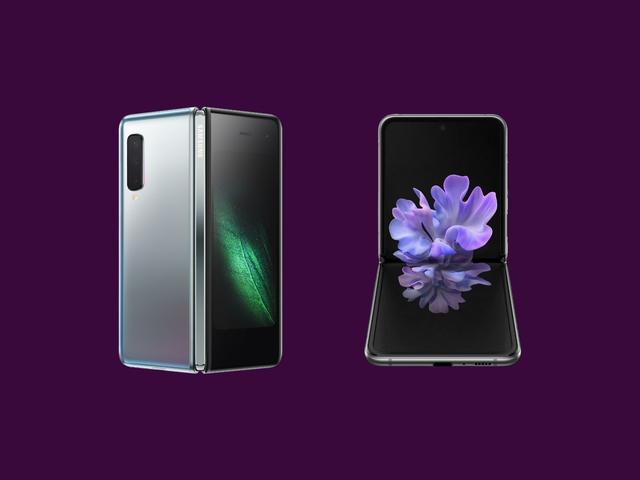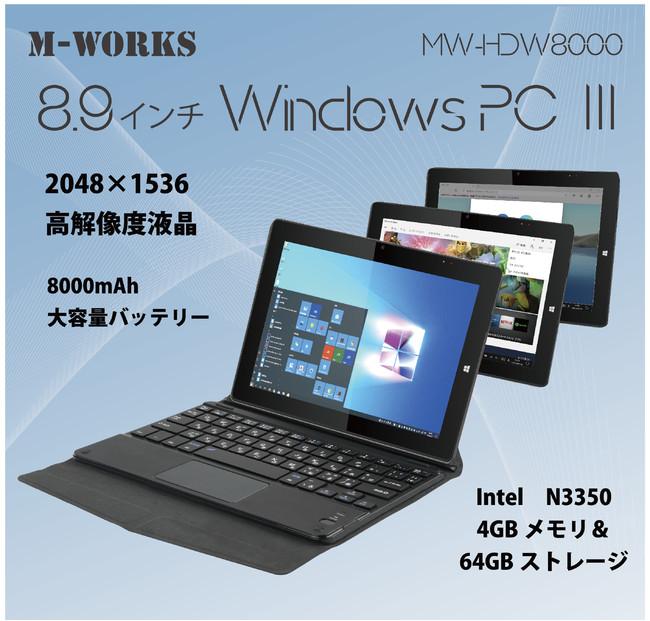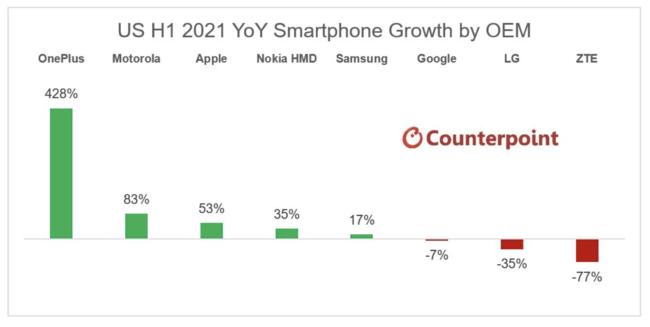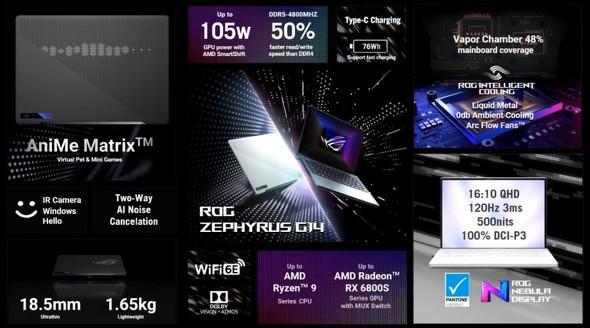When exporting electrical and electronic devices to Canada, should I just meet the EU ROHS command?| Business Q & A | J-Net21 [SME Business Support Site]
The Canada has been released by the United States, Mexico's three North American countries (The AgreeMent Between The United States of America, The United Mexican States, And Canada).This agreement is due to the former President Trump's denial of the North American Free Trade Trade AgreeMent (NAFTA).The background is that NAFTA has freely entered the United States in Mexico, and has influenced the U.S. Kawakami industry.NAFTA is still valid, but the application of preferential treatment has changed with the intention of former President Trump.The provisions of USMCA include a wide range of areas, including agricultural products, industrial products, working conditions, and electronic commercial transactions, and is also covered by chemicals.Aside from incentives such as customs duties, Canada creates a non -domestic substance list (NDSL) from TSCA Inventory (existing material in the United States), and even for new Materials in Canada, if it is an existing material in the United States, the Canada existing substance.Preliminary treatment for list (DSL).Thus, technical matters are common.Under the USMCA and NAFTA agreements, the American law is not applied as it is, but is regulated by the Canadian law.Canada is a common law system due to the British influence, and precedents are emphasized.In addition, since the federal law and the state law are adopted by the state system, the content and operation of the law differ depending on the state.
Canada's laws, laws, state laws, cases, etc. are linked from the Japanese Diet Library's web page (*1).There is also a precedent.
1 Cepa
The basic regulation of Canadian chemicals is the Federal Law's "Canadian Environmental Protection Act, 1999: CEPA") (*2) (*2).The basic correspondence clause for Japanese companies is as follows.
In CEPA, substances that are not listed in the existing substance list (DOMESTIC SUBSTANCES List) are limited to manufacturing and imports as long as they are not reported.New substances are obliged to register (notify), but there is no obligation to register the containing substance except for intentional release from molded products.
CEPA has a harmful substance list of harmful substances in DSL.If a substance is specified in the domestic material list with a display that this section is applied to the substance, any number of new new new ones displayed in the list (Schedule 1) for the substance.Do not use, manufacture, or import the substance for the activities of.Although this specification is not stipulated for all of the list income substances, it can be confirmed in "List of Toxic Substance Managed Under Canadian Environmental Protection Act) (*3). For example, the evaluation of lead is summarized.There is a detailed “Risk Management Strategy for Lead” (*4). Among them, it describes restricted applications such as adding to paint. Legal regulations related to lead are also described.。
In Article 5 of TSCA, there is a "important new usage rule (SNUR)" that only recognizes the INVENTORY contained substance.A similar provision is in Article 80 in CEPA.
"Significant new activity" includes all activities that can bring the following results or results in the substance.
(a) In the view of the Minister of the Environment, there is or release or release in the environment of the substance at an environment that was previously put into the environment or released in the environment, which is significantly larger than the amount or concentration of the substance released in the environment.Or, (b) Invasion or release of the substance, or the dew of the environment or the potential dew of the environment, the substance of the Minister of the Environment has previously invaded or in the environment.It is a method and situation that is significantly different from the situation, or the previously exposed dew or the potential dew of the environment.
Substances identified as "significant new activities" are limited to manufacturing, import, and use.
Article 81 (1) If the substance is not listed in the domestic substance list and is not applied, no one shall manufacture or import the substance except in the following cases.(a) A predetermined information about the substance is provided to the Minister of the Environment by adding a prescribed fee by the prescribed date.
2 harmful Product Law
The Hazardous Products Act (*5) also specifies CMR substances as SCHEDULE 2 as a target substance such as usage restrictions for molding (the same defined as TSCA or REACH rules).The regulation purpose is the same as Japan's Labor Safety Law, but worker protection is intended.When using electrical and electronic products, it prevents the dew of harmful chemicals.
3 Classification of chemicals
For chemicals, "WHMIS 2015 -New Hazardous ProductsREGulations Requirements" (*6) stipulates classification based on GHS, label display and SDS.WHMIS 2015 is the same as the US standard and is common.It has been announced (*7) that it will match the 7th edition of the GHS on December 10, 2020.
4 Ontario State Law WEEE
there is.The definition of the target electrical and electronic devices is as follows.(A) The rated voltage is designed so that it does not exceed 1,000 volts for exchange and 1,500 volts in DC.(B) The weight is 250 kilograms or less.(C) In a special place defined in advance, it is not intended to be used permanently as part of a building or structure.The target category is 15 classifications in Table 1.
Information technology, communication, audio visual equipment 1.Computer 2.Including printer (desktops and flooring) and printer catlidge 3.Video game device 4.Phone including mobile phone 5.Display device 6.Radio and stereo (including commercial vehicle stereo) 7.Headphones 8.Speaker 9.10 including cameras and security cameras.Video recorder 11.Drone with audio or visual recording equipment 12.13 peripheral devices, cables, and charging equipment used to support the functions of information technology, communication, and audio visual equipment 13.Parts of information technology, communication, and audio visual devices sold separately, such as hard drive.Handheld POS terminal or device 15.Musical instruments and audio recording equipment
Lighting 1.Light bulbs, tubes, and lamps for incandescent, fluorescent, halogen, light emitting diode (LED) and high -strength discharge (HID) lamps
Producers are obliged to establish and operate a collection system for each category in Table 1.
In British Columbia, the EnvironMental Management Act (EnvironMental Management Act RecyclingREGulation B).C.REG.Electrical and electronic devices are also managed by 162/2020) (*9).The Environmental Management Law requires harmful waste management, but no chemicals are specified in the definition of "harmful".
In the recycling rules, producers are obliged to formulate an enlarged producer plan and obtain certification and implement it.The target products of electrical and electronic devices are listed in Appendix 3 (*10).This recycling rule clarifies the duty of tires in the separate table, wrapping and paper products in Table 5 and paper products.
The Environmental Law and the Recycling Law have been specified in the state law, but harmful chemical regulations have stopped due to harmful waste regulations, and the rules equivalent to the EU ROHS order have been confirmed.The regulatory standards in Canada and the United States are almost the same, but there are some differences.

![When exporting electrical and electronic devices to Canada, should I just meet the EU ROHS command?| Business Q & A | J-Net21 [SME Business Support Site]](https://website-google-hk.oss-cn-hongkong.aliyuncs.com/drawing/article_results_7/2022/3/3/f978a7740d4907dc4f64a49e5e2c2f50_2.jpeg)
![10th generation Core i5 equipped 9.5h drive mobile notebook is on sale at 50,000 yen level [Cool by Evo Book] 10th generation Core i5 equipped 9.5h drive mobile notebook is on sale at 50,000 yen level [Cool by Evo Book]](https://website-google-hk.oss-cn-hongkong.aliyuncs.com/drawing/article_results_9/2022/3/9/4a18d0792cae58836b71b9f591325261_0.jpeg)





![[Amazon time sale in progress! ] 64GB microSD card of 1,266 yen and wireless earphone with noise canceling function of 52% off, etc. [Amazon time sale in progress! ] 64GB microSD card of 1,266 yen and wireless earphone with noise canceling function of 52% off, etc.](https://website-google-hk.oss-cn-hongkong.aliyuncs.com/drawing/article_results_9/2022/3/9/c88341f90bab7fe3ce1dc78d8bd6b02d_0.jpeg)
